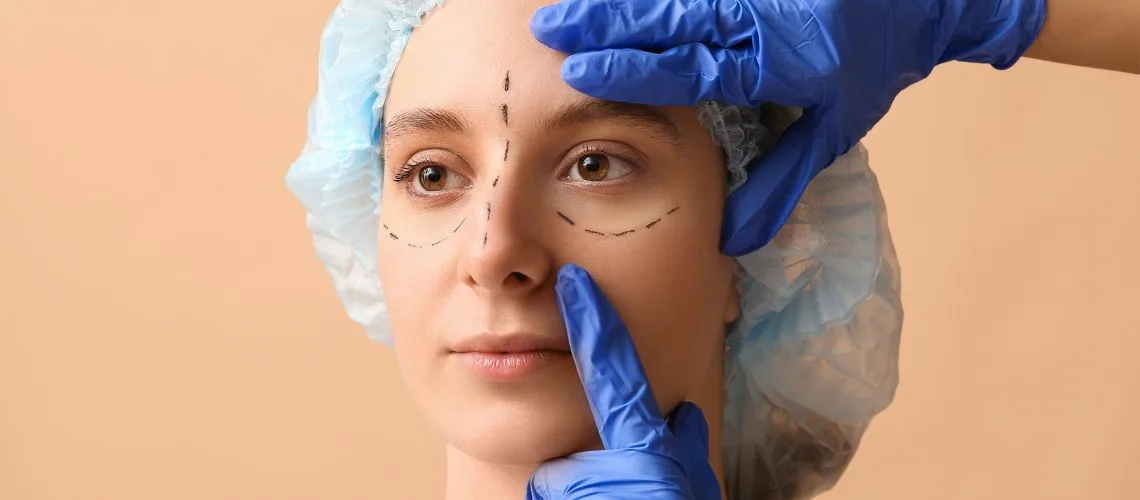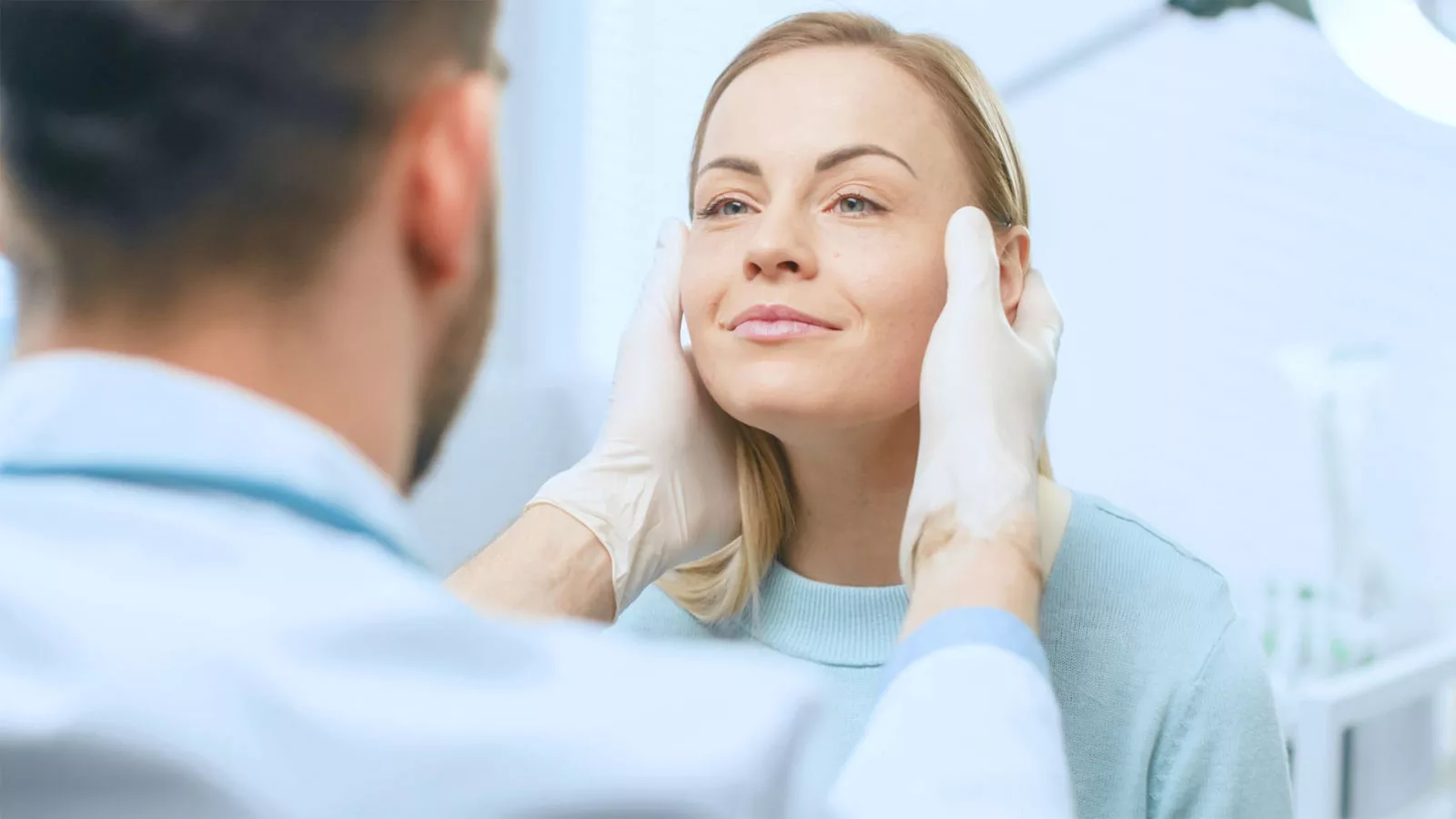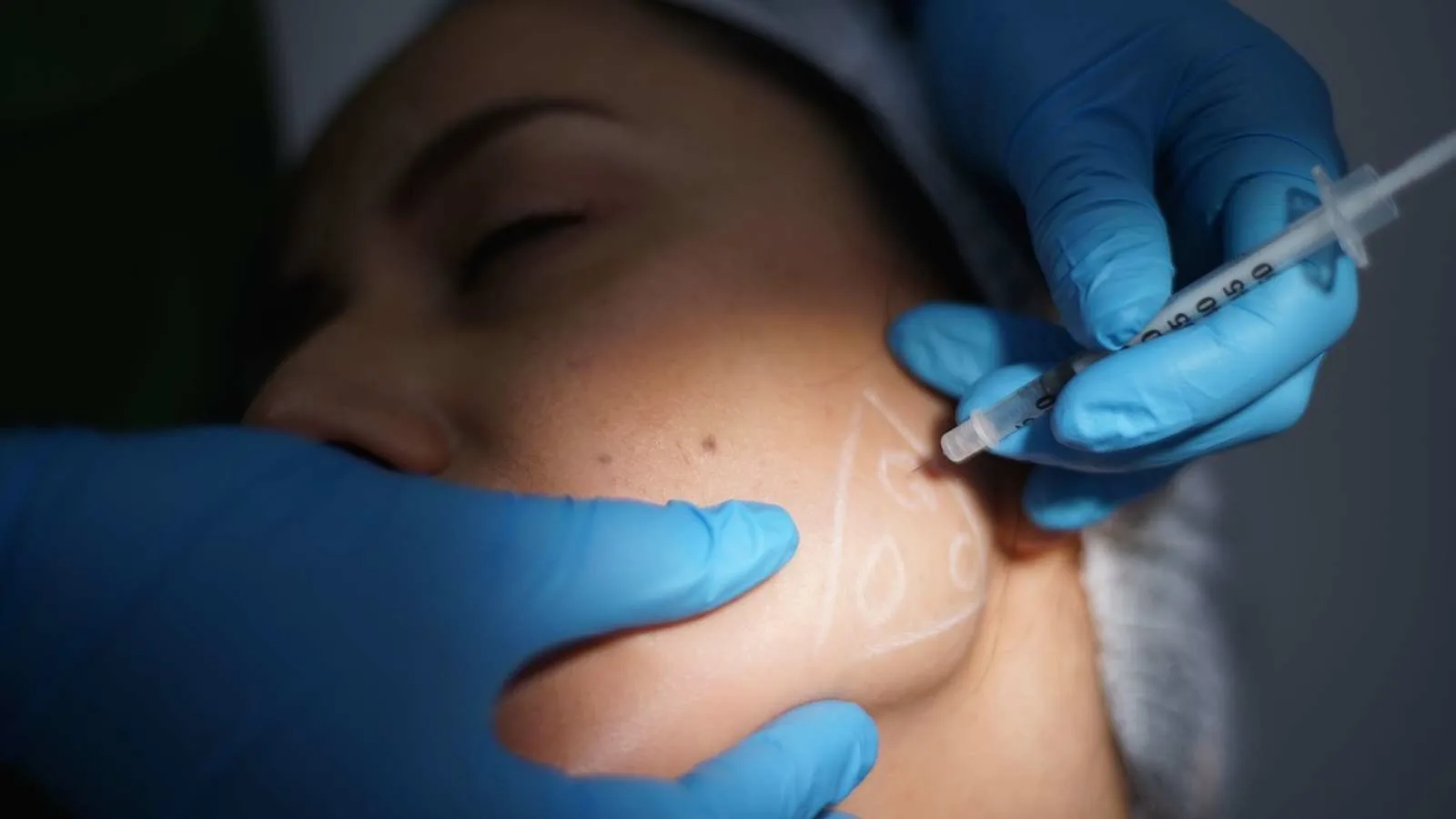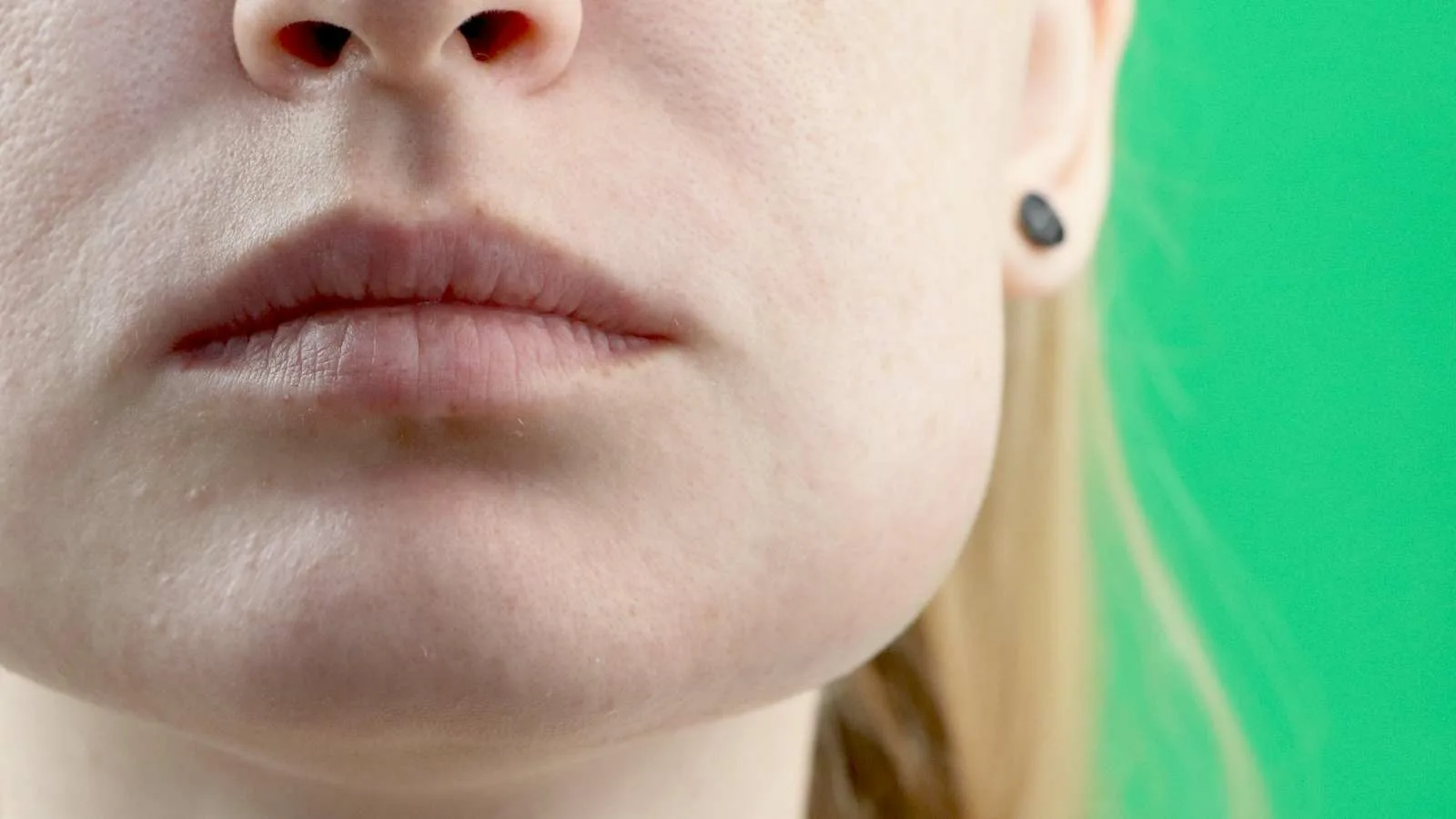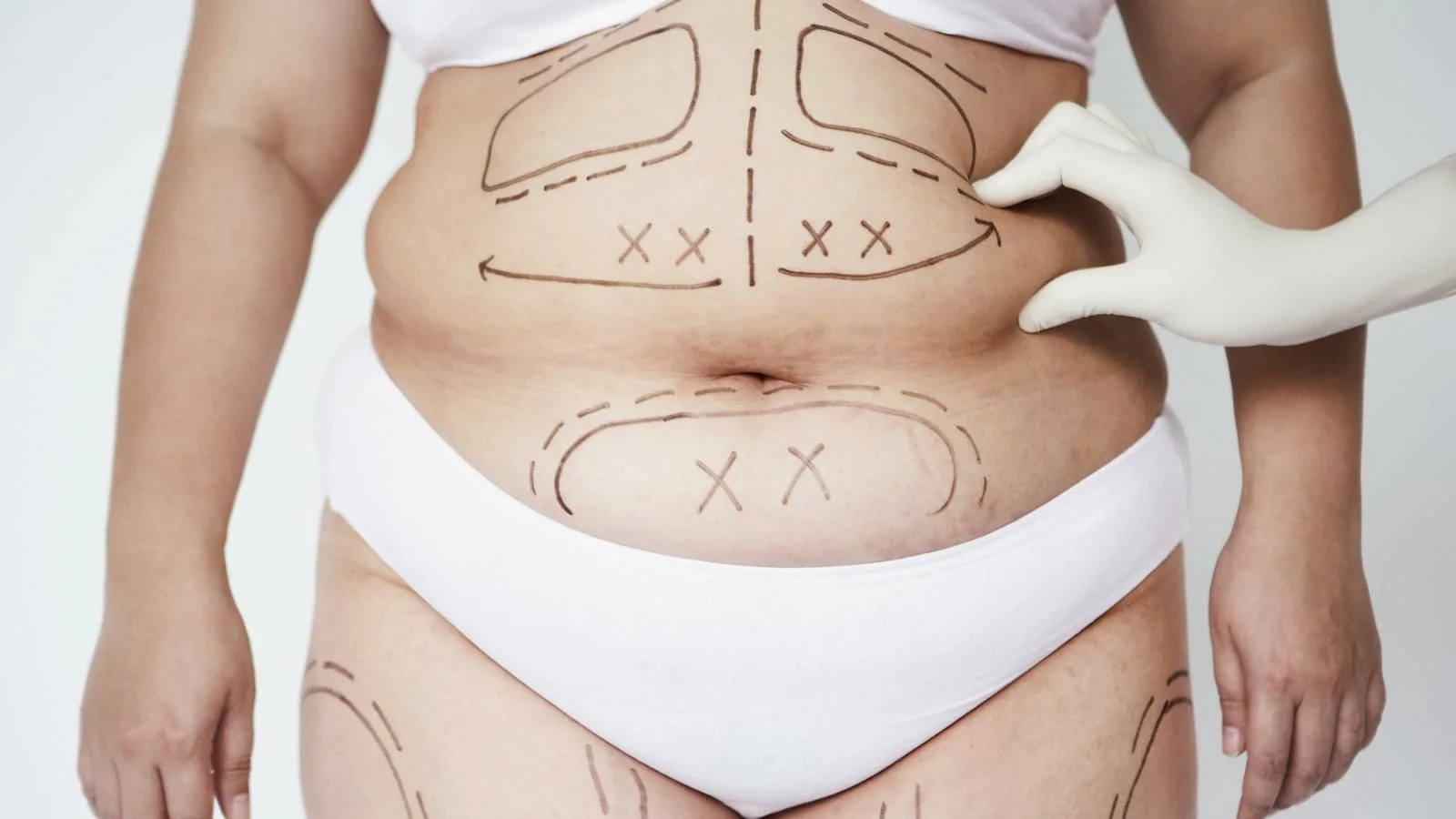Getting rid of belly sagging often requires a combination of lifestyle changes and medical procedures. Abdominoplasty (tummy tuck) is the most effective surgical method to remove excess skin and tighten abdominal muscles.
Non-surgical solutions for abdominal sagging include radiofrequency treatments, laser therapy, and ultrasound-based tightening. These options stimulate collagen production and improve skin elasticity.
Preventing abdominal sagging involves maintaining a stable weight, balanced nutrition, and regular exercise. Gradual weight loss is particularly important to minimize skin laxity.
Post-pregnancy belly sagging is a common concern, often addressed through abdominoplasty or mini-tummy tuck procedures. These interventions restore the abdominal contour and improve body confidence.
| Causes | – Rapid Weight Gain and Loss: The skin stretches and cannot regain firmness. – Pregnancy: Excessive stretching of the abdominal muscles and skin. – Aging: Decreased collagen and elastin. – Genetic Factors: Congenitally weak skin elasticity. |
| Symptoms | Loose and sagging skin in the abdominal area, stretch marks, decreased muscle tone. |
| Treatment Methods | – Non-Surgical Methods: Radiofrequency, ultrasound (HIFU), laser lipolysis. – Liposuction: Removal of excess fat. – Tummy Tuck Surgery (Abdominoplasty): Removal of excess skin and fat, tightening of muscles. |
| Benefits of Treatment | A flatter and firmer abdominal appearance, increased self-confidence, easier movement. |
| Risks and Side Effects | Infection, swelling, bruising, scarring, discomfort during the recovery period. |
| Treatment Duration | Non-surgical methods take 30-60 minutes and require multiple sessions. A tummy tuck surgery takes 2-4 hours and requires a 4-6 week recovery period. |
| Preventive Measures | – Healthy and balanced weight control. – Exercises that strengthen the abdominal muscles. – Use of a corset after pregnancy. – Moisturizing the skin and using sunscreen. |
Who Are Ideal Candidates for Tummy Tuck Surgery to Eliminate Abdominal Sagging?
A tummy tuck is an effective solution for individuals who experience abdominal sagging and want to permanently get rid of it. However, this procedure may not be suitable for everyone. Ideal candidates are generally those who are in good physical health and have realistic expectations:
- Those in good overall health
- Those who have complaints of excess skin and stubborn fat in the abdominal area
- Those experiencing diastasis recti (separation of the abdominal muscles)
- Those maintaining a stable weight
- Those who do not smoke or are willing to quit
Such sagging often appears after pregnancy or significant weight loss. A thorough health assessment before surgery is important to identify issues that may adversely affect the recovery process. Conditions such as heart disease, uncontrolled diabetes, or liver disorders can pose an obstacle to surgery.
Also, a tummy tuck should not be considered solely as an aesthetic procedure. Adopting a healthy lifestyle after the procedure ensures the longevity of the results. Therefore, candidates are advised to prioritize regular exercise and a balanced diet. The surgery should not be viewed as a weight loss method but rather as part of a body contouring process. Individuals with realistic expectations will be more satisfied with the outcomes of this surgery.
What Are the Different Tummy Tuck Procedures for Abdominal Sagging?
Tummy tuck methods for abdominal sagging vary according to the individual’s needs and the degree of sagging. These procedures aim to remove excess skin and fat, tighten the abdominal muscles, and achieve an aesthetic appearance. Here are the different tummy tuck techniques:
Full Tummy Tuck:
- Targets both the upper and lower abdominal regions.
- The belly button is reshaped.
Mini Tummy Tuck:
- Only applied to the lower abdominal area.
- The belly button is not repositioned.
Extended Tummy Tuck:
- Addresses sagging in the abdomen, waist, and flanks.
- Involves a longer incision.
Fleur-De-Lis Tummy Tuck:
- Suitable for both horizontal and vertical sagging.
- Vertical and horizontal incisions are made at the level of the belly button.
Circumferential Tummy Tuck:
- Covers the abdomen, waist, flanks, and buttocks.
- Requires a full incision around the body.
Tummy Tuck with Liposuction:
- Removes excess fat and contours the abdominal lines.
How Is the Tummy Tuck Procedure Performed to Eliminate Abdominal Sagging?
Abdominal sagging can be effectively addressed with a tummy tuck surgery. This procedure focuses on removing excess skin and fat, tightening the abdominal muscles, and providing an aesthetic abdominal appearance. The surgery consists of various stages and is customized based on the individual’s needs:
- Assessment of health status
- Surgical planning
- Recommendation to maintain a stable weight and quit smoking
During the surgery, general anesthesia is administered along with local anesthesia to the abdominal muscles. The surgeon begins the procedure by making an incision just above the pubic region. If the muscles have weakened or separated, they are tightened to strengthen the abdominal wall. Then, the excess skin and fat are removed, and the skin is reshaped. In most cases, liposuction is also added:
- Muscles are tightened
- Excess skin is removed
- The belly button is repositioned
The incisions are closed using sutures or special adhesives. After surgery, it is recommended to wear a compression garment to support healing and reduce swelling. Drains may be placed if necessary.
While a tummy tuck effectively addresses sagging in the abdominal area, it also boosts the individual’s self-confidence. The results of surgery are generally long-lasting, but maintaining a stable weight and a healthy lifestyle supports the permanence of the achieved appearance.
What Is the Recovery Process Like After a Tummy Tuck for Abdominal Sagging?
The recovery process after a tummy tuck involves several stages that must be carefully followed. The body needs rest in the initial period, while in the following weeks, patients can gradually return to regular activities:
- Mild pain and swelling may occur in the first few days.
- Patients are usually discharged 2 days later.
- Drainage tubes are placed to prevent fluid accumulation.
- Compression garments that support the abdominal area are used.
In the second week of recovery, swelling typically subsides, and bruising begins to lighten. It is important to perform regular wound care and monitor for signs of infection. Avoid strenuous activities during this period:
- Low-impact exercises, such as light walks, can be started.
- The tape over the stitches usually falls off by itself.
- Incision sites must be kept dry and clean.
From the fourth week onward, physical activity can be gradually increased. However, heavy exercises should be avoided to prevent strain on the abdominal muscles. During follow-up appointments, the surgeon will provide information about how the scars are healing and other details:
- Avoid lifting heavy objects.
- Start exercising only with the doctor’s approval.
- It is recommended to protect scars from sunlight.
After the sixth week, patients can generally return to their normal activities. Care should be taken when starting exercises that involve the abdominal muscles. Scars may take a few months to fade completely, and skin care should not be neglected during this period.
How Long Do the Results of a Tummy Tuck Last for Treating Abdominal Sagging?
A tummy tuck usually offers long-term results, but their permanence depends on the individual’s lifestyle and physiological changes. Certain factors must be considered to maintain abdominal firmness and aesthetic appearance:
- Keeping weight stable
- Postponing pregnancy plans until after the surgery
- Maintaining a healthy and balanced lifestyle
Aging, as a natural process, can gradually affect tummy tuck results. Due to decreasing skin elasticity and changes in muscle tone, some degree of sagging or looseness may occur. However, surgery helps delay the effects of aging, supporting a more youthful appearance in the abdominal area for many years.
Some research suggests that a tummy tuck may lead to hormonal changes that aid in weight control. An increase in feelings of fullness and a regulated appetite can support weight loss after surgery. These effects have been particularly observed in individuals struggling with obesity.
Finally, a tummy tuck is not solely an aesthetic solution; it also boosts self-confidence and enhances quality of life. Long-term maintenance of results is achievable if the individual is committed to a healthy lifestyle.
Beyond Reducing Abdominal Sagging, What Are the Potential Benefits of a Tummy Tuck?
A tummy tuck goes beyond just being an aesthetic procedure, offering numerous physical and psychological benefits. Various positive effects are observed that increase the quality of life for individuals after surgery:
- Provides better posture.
- A noticeable decrease in back pain.
- Correction of abdominal wall hernias.
- Reduction in urinary incontinence.
- Increased comfort during exercise.
- Decreased appearance of stretch marks and cellulite.
- Significant boost in self-confidence.
Additionally, after a tummy tuck, individuals often report being more active in daily activities and feeling physically stronger. Moreover, this procedure not only improves physical appearance but also helps prevent chronic issues through its positive effects on posture. Heightened self-confidence and increased satisfaction with one’s body can create positive changes in social relationships and overall mood.
References
- Matarasso, A. (1995). Abdominoplasty: Classic principles and technique. Clinics in Plastic Surgery, 22(2), 257-273.
- Baroudi, R., & Ferreira, C. A. (1998). Seroma: How to avoid it and treat it. Aesthetic Surgery Journal, 18(6), 439-441.
- van Uchelen, J. H., Werker, P. M., & Kon, M. (2001). Complications of abdominoplasty in 86 patients. Plastic and Reconstructive Surgery, 107(7), 1869-1873.
- Aly, A. S., & Cram, A. E. (2003). Panniculectomy and abdominal contouring in the massive weight loss patient. Plastic and Reconstructive Surgery, 111(2), 991-994.
Frequently Asked Questions
What are the main causes of abdominal sagging?
Abdominal sagging is most commonly caused by pregnancy, rapid weight gain or loss, aging, and decreased skin elasticity. Weakening of the abdominal muscles can also make sagging more noticeable.
Can abdominal sagging be completely corrected with exercise?
Exercise strengthens the abdominal muscles and helps tighten the area, but excess skin and loose tissues cannot be corrected by exercise alone. In such cases, surgery may be required.
Are non-surgical treatments effective for abdominal sagging?
Radiofrequency, ultrasonic tightening, and laser treatments may help in mild cases of sagging. However, in advanced cases with excess skin, these methods do not provide permanent results, and surgery is necessary.
What is the most common surgical method for abdominal sagging?
Abdominoplasty, also known as a tummy tuck, removes excess skin and fat while tightening the abdominal muscles. This results in a flatter, firmer, and more aesthetically pleasing abdomen and waistline.
Who is a good candidate for a mini tummy tuck?
A mini abdominoplasty is suitable for individuals with mild excess skin in the lower abdomen, often after pregnancy. It requires a smaller incision and has a faster recovery period.
Is liposuction alone enough to treat abdominal sagging?
Liposuction removes excess fat and slims the abdominal area, but it does not correct loose skin. In cases of sagging, it is usually combined with abdominoplasty.
What is the recovery process after abdominoplasty?
Most patients can get up within a few days. The first 2-3 weeks require caution, avoiding heavy activities. Full recovery generally takes about 2-3 months.
Will there be scars after abdominal sagging surgery?
Surgical scars are usually hidden in the bikini line. They may appear prominent in the first few months but gradually fade and blend with skin tone. Proper care minimizes their appearance.
How long-lasting are the results of abdominal sagging surgery?
The results are long-lasting for many years. However, new sagging may occur due to weight gain, pregnancy, or aging. Maintaining a healthy lifestyle improves durability.
How does abdominal sagging affect someone psychologically?
Abdominal sagging may cause loss of self-confidence, difficulty in choosing clothes, and social withdrawal. Surgical or aesthetic solutions also provide psychological benefits.
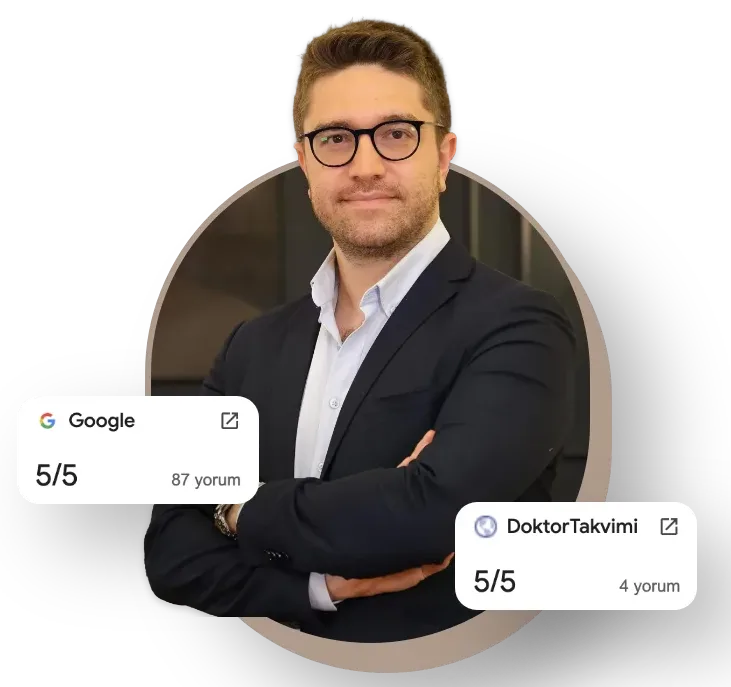
Op. Dr. Erman Ak is an internationally experienced specialist known for facial, breast, and body contouring surgeries in the field of aesthetic surgery. With his natural result–oriented surgical philosophy, modern techniques, and artistic vision, he is among the leading names in aesthetic surgery in Türkiye. A graduate of Hacettepe University Faculty of Medicine, Dr. Ak completed his residency at the Istanbul University Çapa Faculty of Medicine, Department of Plastic, Reconstructive and Aesthetic Surgery.
During his training, he received advanced microsurgery education from Prof. Dr. Fu Chan Wei at the Taiwan Chang Gung Memorial Hospital and was awarded the European Aesthetic Plastic Surgery Qualification by the European Board of Plastic Surgery (EBOPRAS). He also conducted advanced studies on facial and breast aesthetics as an ISAPS fellow at the Villa Bella Clinic (Italy) with Prof. Dr. Giovanni and Chiara Botti.
Op. Dr. Erman Ak approaches aesthetic surgery as a personalized art, tailoring each patient’s treatment according to facial proportions, skin structure, and natural aesthetic harmony. His expertise includes deep-plane face and neck lift, lip lift, buccal fat removal (bichectomy), breast augmentation and lifting, abdominoplasty, liposuction, BBL, and mommy makeover. He currently provides safe, natural, and holistic aesthetic treatments using modern techniques in his private clinic in Istanbul.



